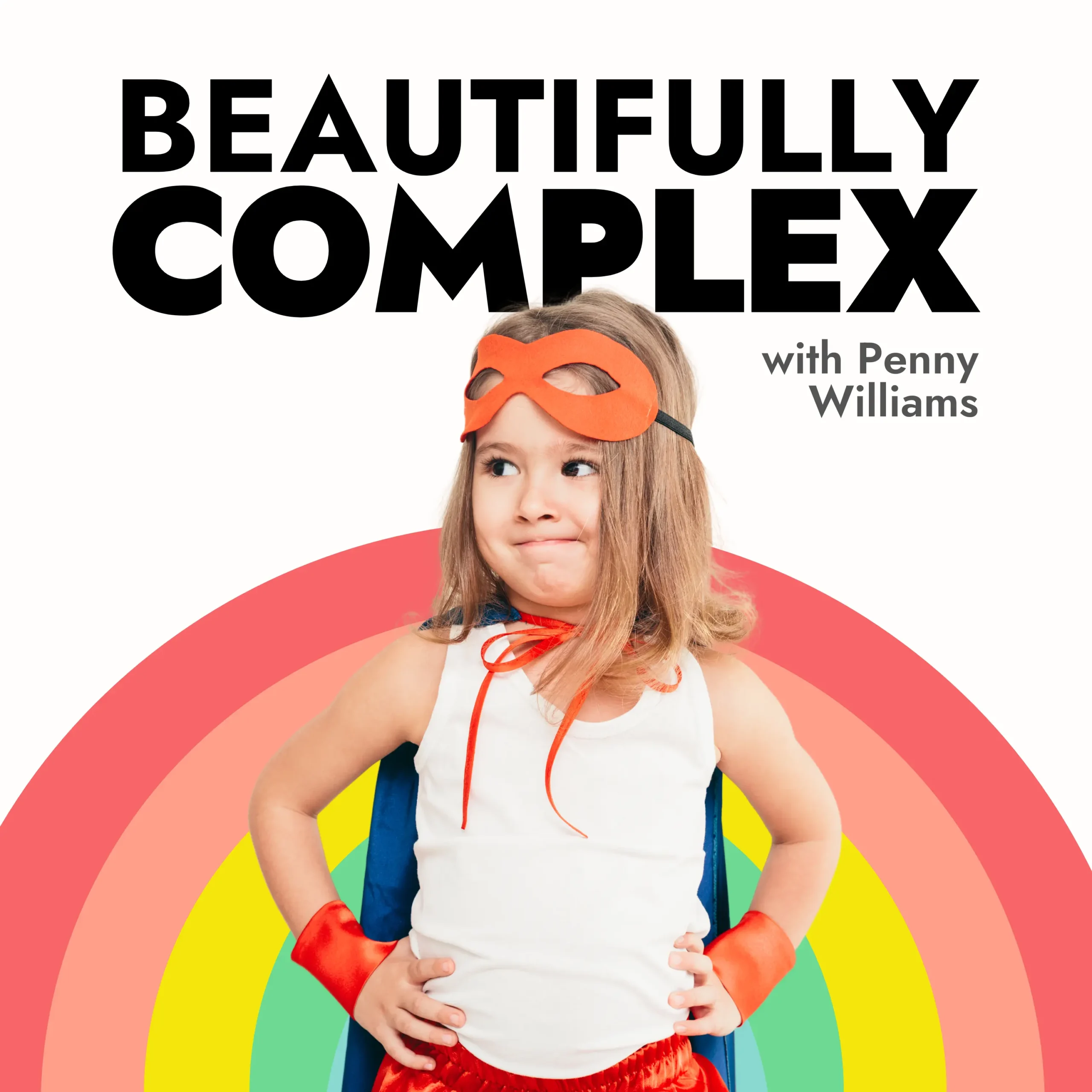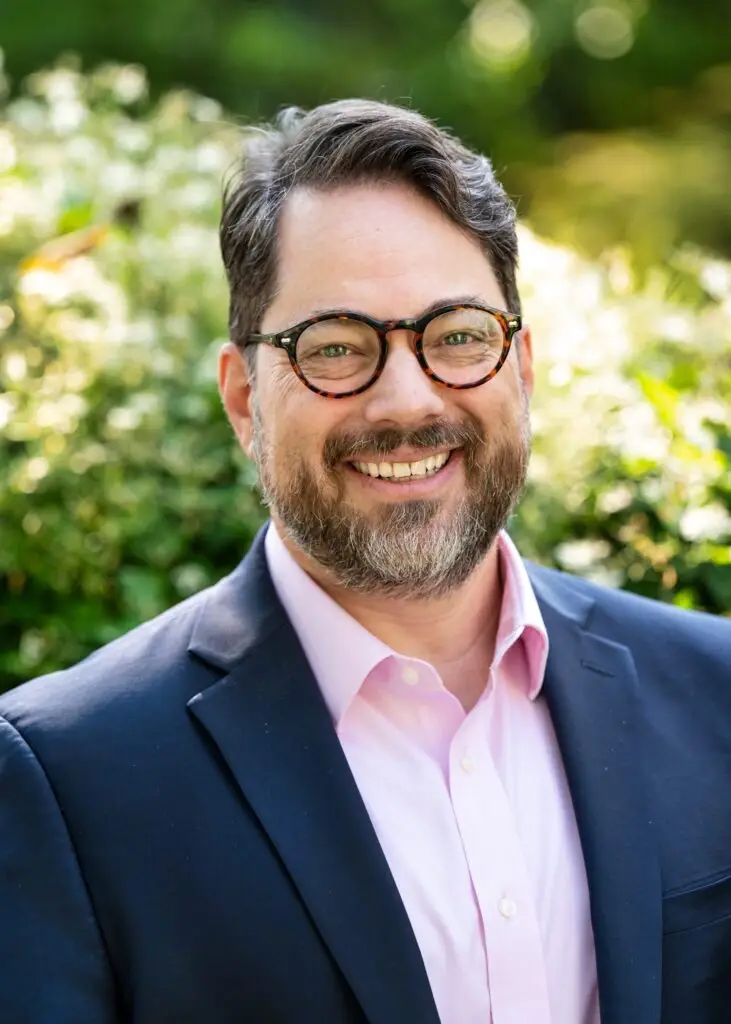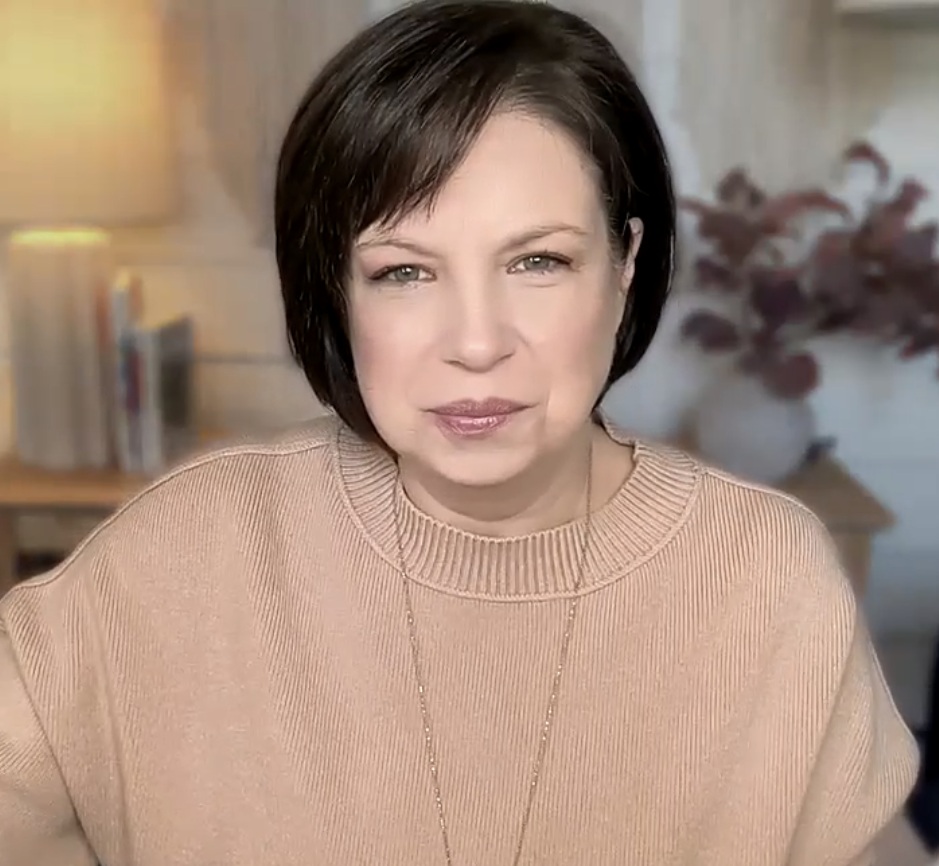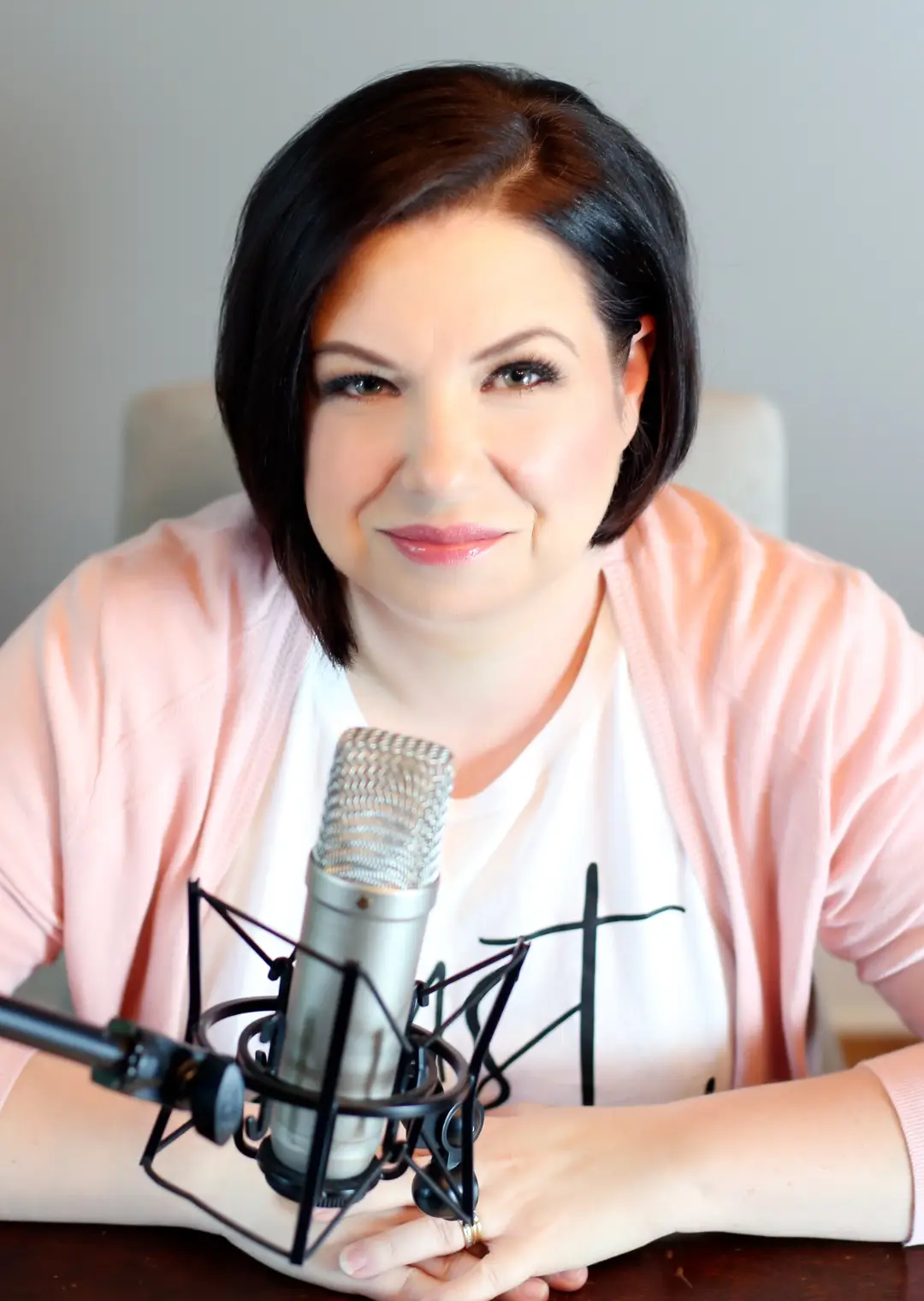Get some clarity.
This isn’t junk mail… this is life mail. These are strategies for your real life. My newsletter, Clarity, gets delivered to over 30,000 people each week to help them get clear on how to be the parent your neurodivergent kid needs. I’d love to help you, too. Subscribe now, it’s free.








Our (20 years old, identifies as bi-sexual) son just came home from university. He is on the autism spectrum and had an episode of depression at university and said he had thought about suicide but had taken a drive and calmed his mind. His year at university did not go well due to bouts of illness and then not being able to catch-up, especially with his autism challenges. We got him a job helping open pools locally for the summer but this morning he didn’t get up for work and said he had a headache. However, he didn’t prepare for work last night by making his packed lunch and setting up his breakfast.
There was one suicide at Clarkson this year and on the day he came home a student had themselves into the River Raquette.
My husband and I don’t quite know how to react. My reaction is tell him, I under
stand he is not feeling well and to take a day of rest. he is in control of his life. It’s his choice as to whether he wants this job or not but then he needs to decide what he wants to do.
I’ve told my husband we need to stay calm and let our son make his life decision but what we don’t do is pay for luxuries.
It is however, hard to know the line as a parent. Where is the line between getting your kid up and going and taking control of his life and pulling back and allowing him time because personally I am scared for him getting depressed again and considering that life is not worth living.
My husband’s first reaction was to tell him that he has to grow up and that he can’t afford to keep paying for him. Then my husband came and got me to try and get him up which obviously was not going to work.
My husband and I are both feeling stressed because obviously the employer depends on my son to be reliable.
How do we react?
I'm so sorry I just now saw your comment! The key thing to remember is that autism is a developmental delay. Your 20 yo functions more like a 16-17 year old, at best. All of our brains don't finish developing until mid-20s, so that's late 20s for those who are neurodivergent. You can support what he needs and also expect that he is working toward forward momentum in his life. It sounds like what he needs firat and foremost is a therapist who can help him with the depression and suicidal thoughts. Suicide is an epidemic among kids, teens, and young adults.
I have a 13 year old boy with ADHD and depression